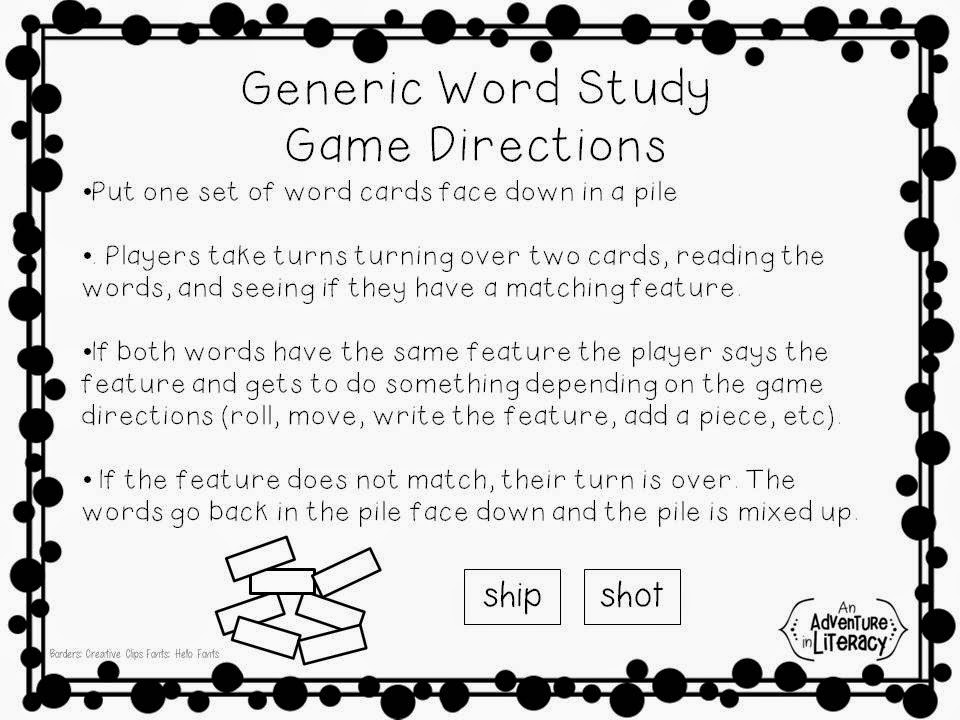Hello everyone! It's me Tara from over at Looney's Literacy and I'm going to share a very exciting discovery I've made this year.
This year I decided to study formative assessment plans and the use of said plans to help students create and meet learning goals. Thus began my journey of studying and practicing formative assessment plans to help my students create and meet learning goals. The nature of the literacy interventionist is to adjust teaching to meet learners' needs. That's just what we do. However, I wasn't consciously using the information gained to share with my little learners. I was telling them my analysis, and showing them how to do it my way. I never really discussed their learning with them. Until now! I've seen the most growth with my ELL student who didn't want to speak English and told me daily "I know no how to speak English." Today he told me, "Verbs are things that you do. " I have to admit I got a little teary eyed. He has absolutely blown me away with his progress! He is now reading and showing his understanding by writing down the answers to the questions. We've progressed from answering orally in short phrases to answering orally in almost correct, complete sentences. Last week he started writing down the answers in his ELA notebook!
So...How did he get here? It all started with The Formative Assessment Plan by Nancy Frey and Douglas Fischer. This book basically laid out the formative assessment process. This process that utilizes the gradual release of responsibility. You can read more about my learning from this text here.
I started by analyzing his summative data. Taking the fact that English is his second language, I wanted to break it down and start with our alphabetic code. By doing this I found while he knew all the letters of our alphabet he does have some visual confusions, such as b/d. Plus it was a good review of individual sounds, digraphs, and consonant blends. I also know that some letters don't have the same sound in Spanish so I still scaffold when he encounters words with these letters.
After I knew where he was I talked to him about the reading process. I helped him find his strengths and weaknesses and then he was able to set goals. We create weekly checklists so he can revisit goals any time he needs to. Here's some examples of some checklists we've created:
I use formative information in all of his lessons with me so I can adjust my teaching to where he's at.When I'm creating lessons I like to pre-plan the process so I'm prepared for any direction it may go. Here is an example and FREEBIE of a lesson we like to do in the winter.
6
This year I decided to study formative assessment plans and the use of said plans to help students create and meet learning goals. Thus began my journey of studying and practicing formative assessment plans to help my students create and meet learning goals. The nature of the literacy interventionist is to adjust teaching to meet learners' needs. That's just what we do. However, I wasn't consciously using the information gained to share with my little learners. I was telling them my analysis, and showing them how to do it my way. I never really discussed their learning with them. Until now! I've seen the most growth with my ELL student who didn't want to speak English and told me daily "I know no how to speak English." Today he told me, "Verbs are things that you do. " I have to admit I got a little teary eyed. He has absolutely blown me away with his progress! He is now reading and showing his understanding by writing down the answers to the questions. We've progressed from answering orally in short phrases to answering orally in almost correct, complete sentences. Last week he started writing down the answers in his ELA notebook!
So...How did he get here? It all started with The Formative Assessment Plan by Nancy Frey and Douglas Fischer. This book basically laid out the formative assessment process. This process that utilizes the gradual release of responsibility. You can read more about my learning from this text here.
 |
|
|









.jpg)









































